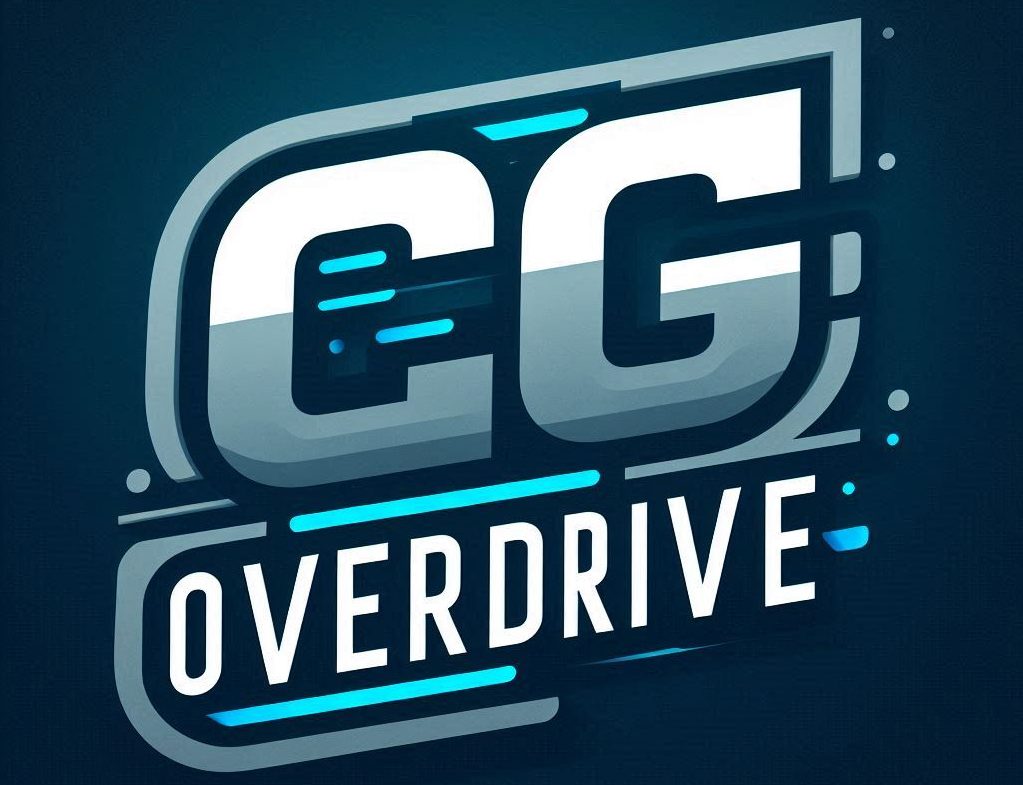Unlocking Immersive Worlds: The Intersection of Virtual Reality and Computer Graphics
Virtual Reality (VR) has revolutionized how we interact with digital environments, pushing the boundaries of immersion in gaming, film, and training simulations. At the heart of this revolution lies computer graphics—the engine that crafts the visual realities we step into. Understanding the synergy between VR and computer graphics is critical for creators and technologists aiming to build not just visuals, but fully immersive experiences that engage all the senses.
Why Virtual Reality Demands New Standards in Computer Graphics
Traditional computer graphics typically involve rendering 2D images on flat screens. VR, however, presents graphics in stereoscopic 3D, incorporating spatial audio and motion tracking to convince your brain that what you see is “real.” This demands entirely new approaches in CG, including:
– **High Frame Rates:** VR needs smooth, high frame rates (typically 90 FPS or higher) to minimize motion sickness and preserve immersion.
– **Low Latency Rendering:** The time lag between user movement and corresponding visual update must be under 20 milliseconds.
– **Dynamic Lighting and Shadows:** Real-time global illumination and physically based shading techniques elevate realism and presence.
– **Foveated Rendering:** Optimizing performance by rendering high detail only where the user is looking—leveraging eye-tracking technology.
Mastering these aspects is essential for developers aiming to create seamless VR experiences that don’t just look good but feel natural.
Key Technical Challenges in VR Computer Graphics
| Challenge | Description | Solutions & Techniques |
|———————–|————————————————————————–|———————————————————|
| **Performance Constraints** | VR requires rendering two perspectives simultaneously, doubling GPU workload. | Multi-threaded rendering, GPU optimization, and foveated rendering. |
| **Realism vs. Performance** | Striking a balance between photo-realism and frame rate requirements. | Level of Detail (LOD) systems; selective use of ray tracing for effects. |
| **User Interaction Representation** | Displaying hand movements, controllers, or body tracking convincingly. | Inverse kinematics, motion capture data integration. |
| **Comfort and Motion Sickness** | Visual discrepancies causing discomfort in users. | Predictive tracking, asynchronous timewarp, and stable frame pacing.|
These challenges demand that CG artists work closely with developers and hardware engineers, embracing optimization as much as artistry.
Practical Advice for Creating VR-Ready Computer Graphics
1. **Optimize Geometry and Textures**
– Simplify models without sacrificing silhouette or visual fidelity.
– Use texture atlases to reduce draw calls.
– Embrace normal and parallax mapping to simulate detail on low-poly geometry.
2. **Implement Real-Time Lighting Solutions**
– Use baked lighting for static elements to save GPU cycles.
– Employ real-time shadows selectively on dynamic objects.
– Experiment with physically based rendering (PBR) to enhance realism.
3. **Prioritize Frame Rate and Latency**
– Profile your scenes constantly with tools like NVIDIA Nsight or Unity Profiler.
– Optimize shaders by minimizing instructions and expensive operations.
– Reduce draw calls by batching and instancing.
4. **Use VR-Specific Rendering Techniques**
– Incorporate foveated rendering as eye-tracking hardware becomes more widespread.
– Apply asynchronous timewarp to correct headset movement latencies.
– Adjust post-processing effects to avoid blurring or flickering that triggers discomfort.
5. **Design for Interaction**
– Model hands, tools, and interfaces in a way that looks natural in VR.
– Leverage inverse kinematics to create believable avatar limb movements.
– Test on diverse hardware to ensure consistent experience.
Visual Effects in VR: Enhancing Immersion Without Breaking Performance
Visual effects (VFX) in VR require a delicate balancing act. Overly complex particle systems, volumetric lighting, or post-processing can quickly degrade performance, causing lag or blurriness that shatter immersion. Yet, when done well, VFX powerfully boost realism and storytelling in virtual worlds.
| Visual Effect | VR Considerations | Best Practices |
|————————-|———————————————–|———————————————-|
| **Particle Systems** | Avoid large particle counts; prioritize simplicity. | Use GPU-accelerated particles; cull off-screen particles. |
| **Volumetric Lighting** | Expensive to compute in real-time. | Use baked light volumes or approximate methods; blend with screen-space effects. |
| **Post-Processing** | Effects like bloom or depth of field may cause discomfort. | Apply subtly; test extensively for VR comfort. |
| **Environmental Effects** | Rain, fog, or smoke can enhance presence. | Use particle impostors and low-overhead shader tricks.|
Insightful VFX design amplifies immersion while ensuring VR experiences run at the high frame rates necessary for comfort and engagement.
Future Trends Shaping Computer Graphics in Virtual Reality
The VR landscape is evolving rapidly, with emerging technologies shaping how CG is created and experienced:
– **AI-Driven Content Creation:** AI tools are assisting in generating textures, optimizing meshes, and even procedurally creating VR worlds.
– **Ray Tracing in VR:** Real-time ray tracing hardware is becoming feasible, promising hyper-realistic reflections and shadows within VR.
– **Haptic Feedback Integration:** Combining CG with tactile sensations creates richer multisensory immersion.
– **Cloud Rendering and Streaming:** Offloading heavy CG computations to the cloud enables high-fidelity VR on lighter hardware.
– **Mixed Reality (MR) Fusion:** Combining real and virtual worlds requires blended CG pipelines that adapt dynamically to physical environments.
Staying ahead means embracing these innovations while consistently delivering optimized, compelling visual content.
Empowering Creators: Building VR Experiences That Inspire
For developers and artists working at the crossroads of computer graphics and Virtual Reality, the key is to think beyond pixels and polygons. Consider the psychological and physiological impacts of VR visuals. Design with user comfort, presence, and agency at the forefront.
– Collaborate cross-disciplinarily—CG artists, programmers, designers, and UX specialists must unite.
– Maintain rigorous performance profiling throughout development cycles.
– Prioritize storytelling through graphics—VR is about experiences, not just visuals.
– Experiment boldly with new techniques; pushing the envelope requires innovation and iteration.
“Virtual Reality is the first step in a grand adventure into the landscape of the imagination.” —Frank Biocca
In this vein, computer graphics becomes a powerful tool to unlock entirely new realms of human experience. Let technology be your brush and code your canvas—create worlds that captivate, challenge, and transform.
The future of VR storytelling hinges on mastering both the art and science of computer graphics. Dive deep, optimize relentlessly, and never stop exploring.
